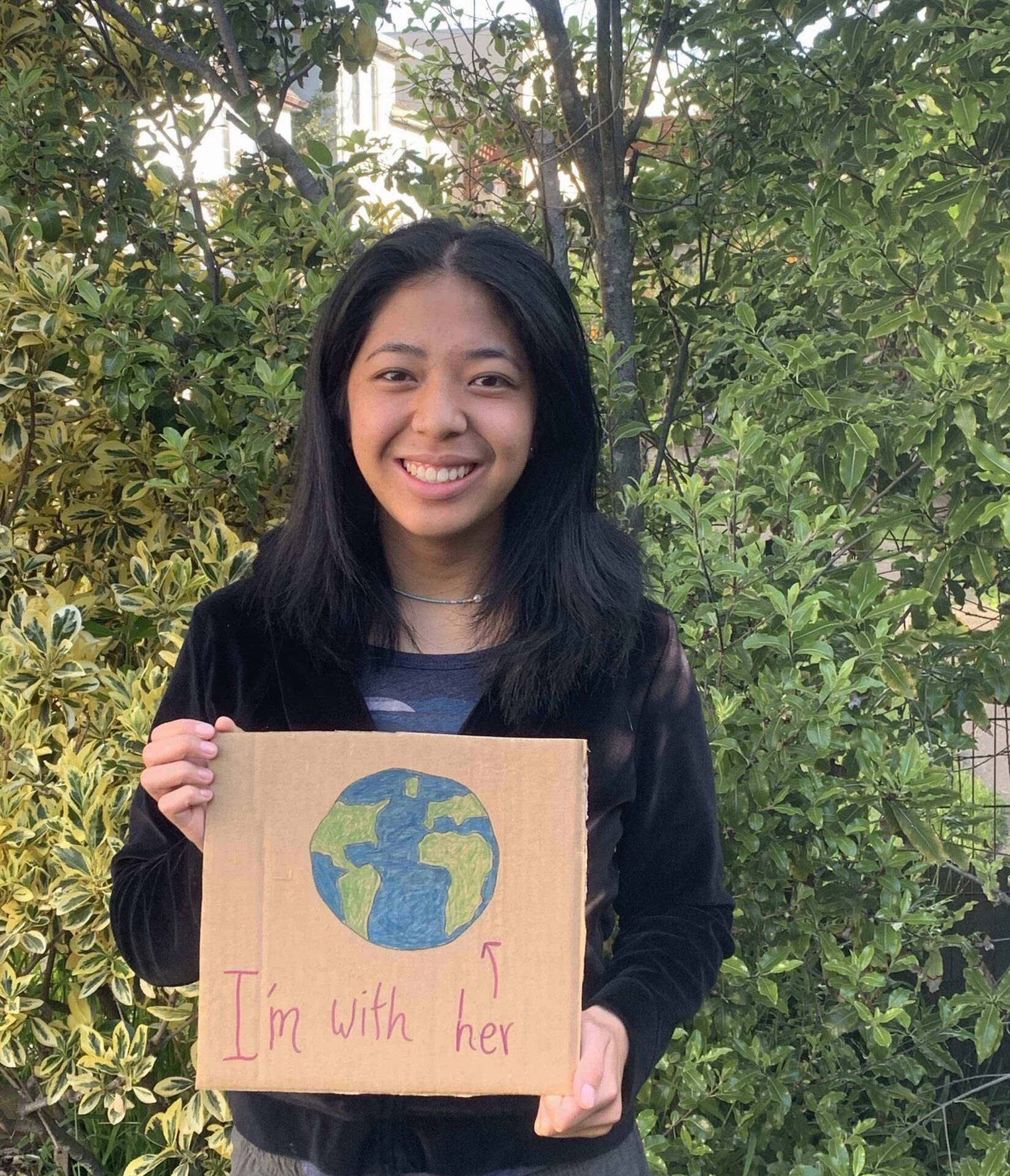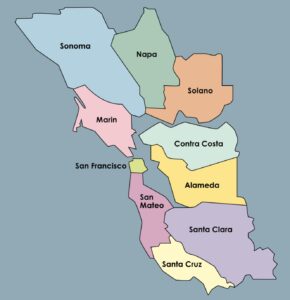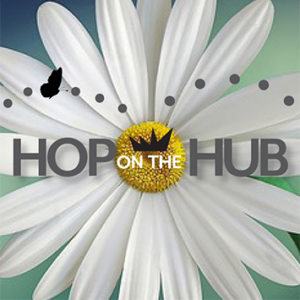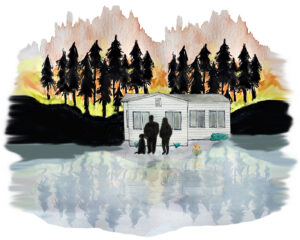Conversations With Two Bay Area Youth Climate Activists

Oona Clark, who came to Bay Area Youth Climate Summit after working with Sunrise Movement and providing voter education on the Green New Deal, knows how inaccessible activism can feel. “I didn’t know where to start, and I think that’s one of the biggest obstacles for youth activists,” says the 17-year-old. She encourages budding activists to look inwards. “Find your niche. Figure out what you’re good at, what you want to do. There’s going to be a way you can apply it.”
Through the Summit, Clark is working to break down the barriers that keep youth from joining the movement. “Not everybody has to be Greta Thunberg. If you can only devote one hour a week that’s fine. There’s so many people behind each power activist—and you can be one of those people,” she says.
For Clark, the importance of intersectionality in the climate movement is always top of mind. “I view the climate crisis as very important and that’s what I want to be directly involved in. But all these systemic issues like racism and sexism are connected, so wherever you are, whatever your passion is, it’s all important right now.”
After originally discovering the event on Instagram, Natalie Tam helped plan last year’s youth climate summit. While she may have connected online, Tam’s motivation to fight for the planet comes from her offline experiences. “I love to go to Ocean Beach and look at the water and the Marin Headlands, and think about how beautiful our planet is, and the fact that we only have one home.”
As a youth activist, Tam feels heard and supported within her school by teachers and administrators, but has observed that many adults resist change because they find it uncomfortable.
She has learned that the best way to encourage people to adopt more sustainable lifestyles is to make alternatives approachable. “A lot of people think it’s out of their control, like I’m just one person and I don’t matter. But really there is so much power in individual change, and you can use your actions—from what companies you support and what food you buy—to create another world.”
First published in RARA Review, April 2021.
Other Recent Posts
ReaderBoard
Once a month we share reader announcements: jobs, events, reports, and more.
Artist Repurposes Shoreline Detritus
Courtney Griffith scours beaches and parks for everything from plastic to charcoal, mangled ropes and burnt wood to use in her work.
After The Fire: Scenes from Chinese Camp
One of California’s oldest Gold Rush settlements takes stock after a devastating fire — a photo essay.
Youth Group Tackles Heat Islands in Santa Rosa
A new youth advisory team convened by the Greenbelt Alliance and Latino Service Providers is exploring heat disparities in southwest Santa Rosa.
CEQA Reforms: Boon or Brake for Adaptation?
California Environmental Quality Act updates may open up more housing, but some are sounding alarms about bypassed environmental regulations.
Repurposing Urban Lots & Waterfronts: Ashland Grove Park, Palo Alto Levee, and India Basin
In this edition of our professional column, we look at how groups are reimagining a lot in Ashland Grove and shorelines in San Francisco and Palo Alto.
Backyard Harvests Reduce Waste
A Cupertino Rotary Club program led by Vidula Aiyer harvests backyard fruit and reduces greenhouse gases.
Digging in the Dirt Got Me Into Student Climate Action
A public garden at El Cerrito High School in the East Bay inspired my love of nature and my decision to study environmental science at UCLA.









